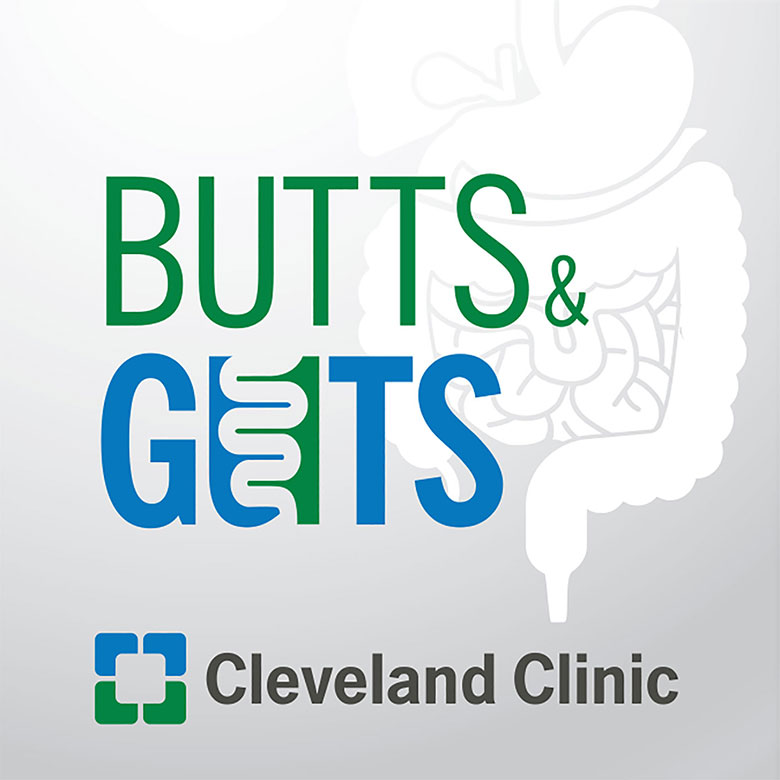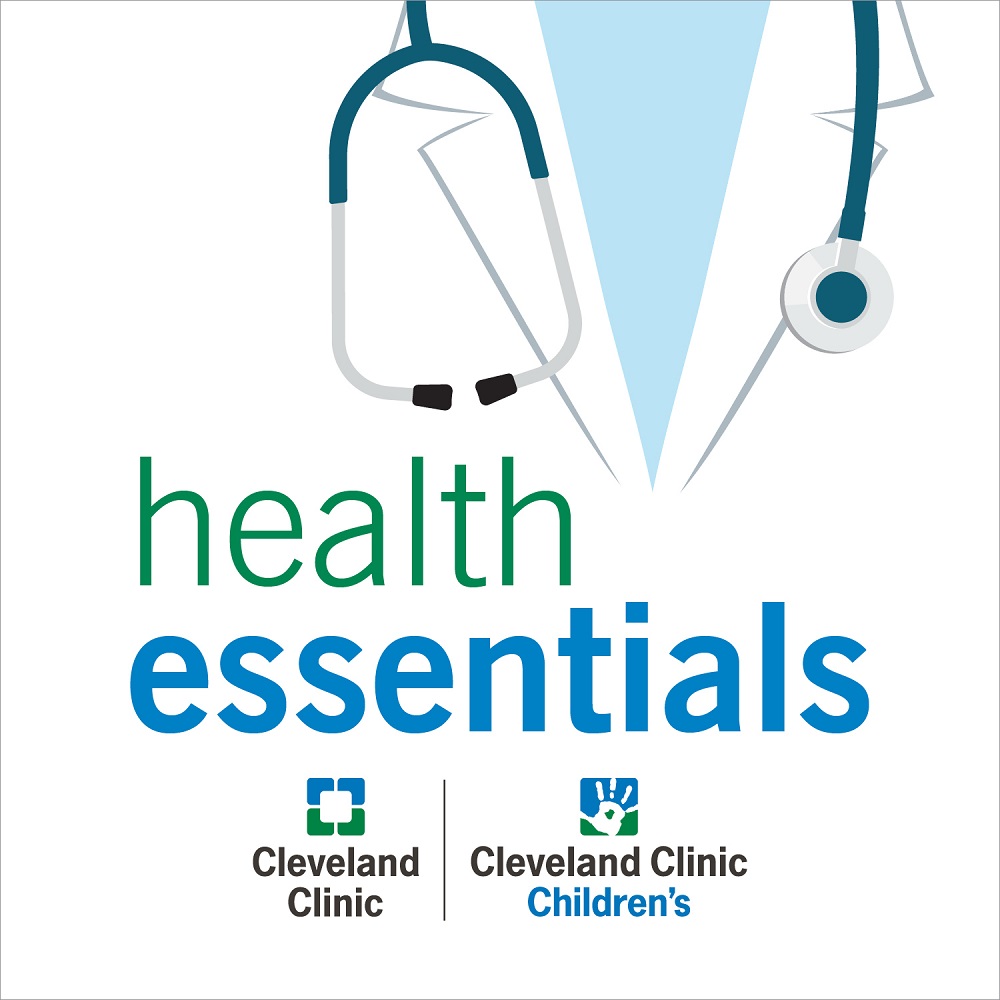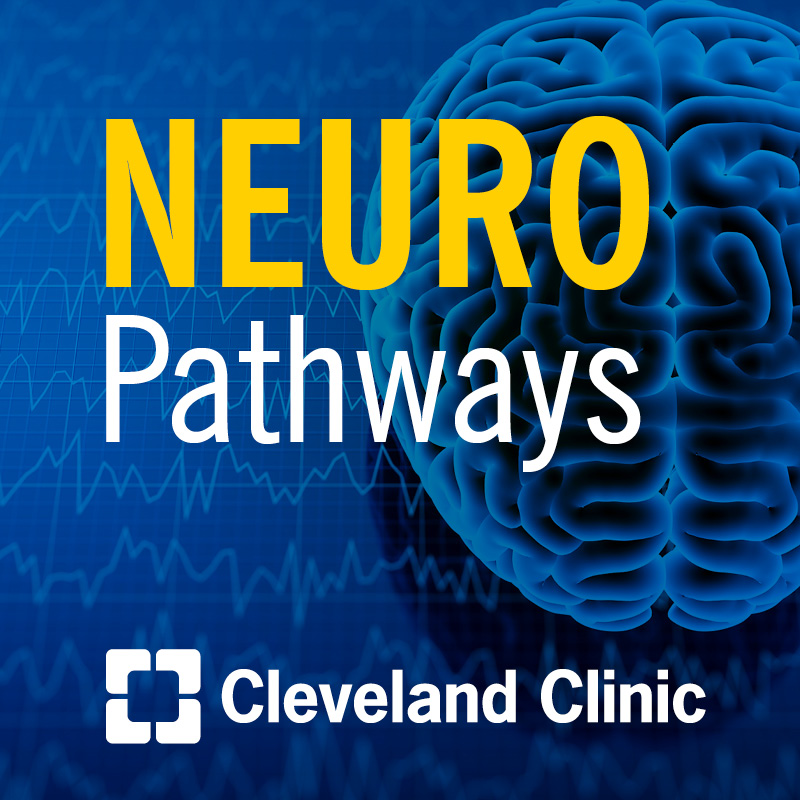ACC 2025 Research Highlights

Venugopal Menon, MD, Section Head of Clinical Cardiology, spotlights new Cleveland Clinic research presented at ACC 2025. Explore the highlights of six studies on topics like antiplatelet therapy, fungal endocarditis, mechanical circulatory support, and the use of AI for clinical trial enrollment.
Looking to refer a patient? Please reach out to our Physician Referral team Mon. - Fri., 8 a.m. - 5 p.m. (ET) at 855.751.2469.
Subscribe: Apple Podcasts | Podcast Addict | Buzzsprout | Spotify
ACC 2025 Research Highlights
Podcast Transcript
Announcer:
Welcome to Cardiac Consult, brought to you by the Sydell and Arnold Miller Family Heart, Vascular and Thoracic Institute at Cleveland Clinic. This podcast will explore the latest innovations, medical and surgical treatments, diagnostic testing, research, technology and practice improvements.
Venu Menon, MD, FACC, FAHA:
What's important is that meetings like the ACC allow opportunities for fellows and faculty to put up science that is maybe not as impactful, but certainly has the beginnings of clinical insights that improve the field.
What I thought I'd do is not go into the details, but highlight six presentations from the ACC/AHA, three by fellows and three by faculty, just to give you the kind of range that we possess in the HVTI in terms of presentations.
This is, presentation by Agam Bansal, who's a third-year cardiology fellow going on to do intervention. Agam is currently doing a Master's in AI at Berkeley. He's published a whole lot of stuff, over the past three years. But what he's done in this abstract is ask the question, “How is clinical trial evidence really translated into real world practice?” We know from the popular TAVI trials and other trials that the treatment of patients with antiplatelet therapy after TAVI has really changed over time. Currently, the guidelines really recommend aspirin as a single agent in the post-TAVR setting.
In this abstract, Agam looked at a very large and very concurrent TriNetX analytic research network to see what is the adoption of this guideline in current clinical practice in TAVI patients. He looked at a very current tens of thousands of patients from January to December of 2023.
What he found was that although the guidelines currently recommend aspirin as the default therapy, about nearly half of the people continue to be on DAPT (dual antiplatelet therapy). That's the legacy that is there from past history. The question then is, is that important? That is important because when even in the real world, similar to clinical trials, when you use DAPT as your agent after a TAVR, the bleeding risk at 30 days and at one year is higher in patients with DAPT than on aspirin.
So really, making the case that adopting a single antiplatelet therapy strategy after TAVR is an important and desirable decision because it actually has impactful reduction on bleeding without any harm in terms of clinical events.
This is data from Alice Haouzi. Alice is currently a third-year cardiology fellow with us. Alice is going to go to the Brigham next year to do imaging. What Alice did working with Bo Xu, one of our imaging staff, is really look and report on what the Cleveland Clinic experience has been with fungal endocarditis.
Obviously, most of us are familiar with this clinical entity. But when you actually look at the data, the data is fairly old from a different generation, from institutions that really don't do current surgery like we do as an intervention. Alice identified about 90 patients with fungal endocarditis admitted to the Cleveland Clinic over the past ten years and looked at what the outcomes are. The clinical insights here are very meaningful. The first, clearly, is that while there is a significant mortality rate at one year, 30%, that's much less than what we see historically of about 65 to 70%.
What you can see here is that steel as a sterilization agent is better than antifungal agents, because the only way you survive this is by getting surgical therapy to actually sterilize and remove the infection. Also, having a fungal infection with a Candida organism is very different from having non-Candida fungal infections where the prognosis is much better. Observations like this really help advance care.
Alice presented this yesterday in a research conference, and one of the things I took away from that is there were five cases of obvious annular involvement in patients with fungal endocarditis. All of them had a PET FDG study that was negative. If you are using the PET scan to make a decision as to whether you think there is infection or not, you might be making a huge mistake in this setting.
The third one is a paper from Raunak Nair. One of the things that has increased in the ICU is the use of mechanical circulatory support (MCS) devices. We put these in because they support the circulation very effectively. We try to wean them off when the indication is no longer present. But, weaning off a device is something that is very arbitrary and subjective.
We look at hemodynamics and just make a decision to get the devices out. Most of the time we succeed. Some of the time, we don't. While we are an institution that, universally, everyone has a right heart cath with an MCS device, many institutions around the country, they use the right heart cath not as much as we do.
So, we asked the question: rather than use the hemodynamics, could we use the lung compliance as a surrogate for adequate unloading of the left ventricle? Because clearly, in the setting of LV failure, you're going to have lung congestion, which is going to impact the compliance. And so, he evaluated what the impact of lung compliance is within hours of putting in a supportive device.
What you can see on the left is when you put an ECMO in, there is no change in lung compliance. Actually, lung compliance decreases because the afterload increases. When you then try to decompress the left ventricle with an intra-aortic balloon pump, or even with an Impella device, that change in lung compliance in favor, it does not readily manifest.
On the other hand, when you use just a pure left-sided support device like an intra-aortic balloon pump, and more importantly, when you use an Impella, you can see a minimal effect of the intra-aortic balloon pump on LV lung compliance. But the minute you put an Impella device in and you unload the left ventricle, your lung compliance within four hours is already improving, suggesting that you are unloading that left ventricle and that this may be an objective marker for removing MCS devices. So this is, I think, a preliminary observation that then leads to a weaning protocol guided by LV lung compliance, rather than just the hemodynamics and the clinical features that we look at.
In terms of three faculty presentations that I presented, here's Tom Wang, who's done a lot of work on infective endocarditis over the years. And what Tom did was look at more than 2,000 patients at the Cleveland Clinic who underwent surgery this past decade for endocarditis, defined their variables, and actually looked at what their outcomes would be in terms of all the current traditional risk scores that we have.
Similar to what we've seen in many other surgical conditions, we can see that all of the scores for endocarditis, the EuroSCORE I,II or the end of score, really don't actually predict outcomes as well. You can see in every situation, our outcomes are far superior to what would be predicted. So the expected outcomes are much better, and this is important because in less experienced centers, they do a score and they look at the outcome, and then they say, ‘we're not going to do anything for the patient’ and the patient dies. I think it really sets up the reason to transfer patients with endocarditis to a quaternary center like ours, with surgical experience, to perform surgery in this setting.
This is one, from Tre Martyn, and this is an experiment where one of the problems that we have in clinical practice is we take part in randomized clinical trials, and we find enrollment of patients extremely challenging because it's a laborious process. Nurses and PIs have to go through charts, look for criteria, make sure they meet all criteria, both to be included and excluded. What Tre asked in this abstract is whether using a large language model programming could help in enrollment or for clinical study. So for that he took an amyloid study in which we were looking at an agent to deplete TTR amyloid, and actually used a large language model, fed in all the criteria for the study, and then rather than have a nurse go through all of these criteria, the computer system just very accurately went through all the exclusions on the device and identified 30 patients right away in our system that could potentially be eligible for the study. So something that would make us more lean, that would make our work more efficient, and also tell us the probability of what is in future in terms of our workflow.
Last but not the least, I'll end with this study by Debbie Kwon. You know, the NIH has a pulmonary hypertension multicenter study over many years called the PVDOMICS study, and we've been the core lab for all the imaging of it. These are patients with pulmonary hypertension with some samples and some normal controls. What each of these patients gets is a very detailed imaging evaluation in the setting of pulmonary hypertension. Here are some of the variables that we measure on MRI. But using all of that data and doing cluster analysis, Debbie was able to identify that even using a tool like an MRI, you could actually map and characterize different patient subgroups among these clusters that have very, very different prognosis in terms of outcomes, despite all of them having severe pulmonary hypertension, and as a result then creating a decision tree that can be used to predict outcomes in this population, maybe design clinical trials in terms of risk to know what the outcomes are. So, really good work in terms of what imaging can do in our clinical enhancement of decision making in the future. So just a vast spectrum of studies from folks who have a passion for research.
Announcer:
Thank you for listening to Cardiac Consult. We hope you enjoyed the podcast. For more information or to refer a patient to Cleveland Clinic, please call 855-751-2469. That's 855-751-2469. We welcome your comments and feedback. Please contact us at heart@ccf.org. Like what you heard? Subscribe wherever you get your podcasts or listen at clevelandclinic.org/CardiacConsultPodcast.

Cardiac Consult
A Cleveland Clinic podcast exploring heart, vascular and thoracic topics of interest to healthcare providers: medical and surgical treatments, diagnostic testing, medical conditions, and research, technology and practice issues.



